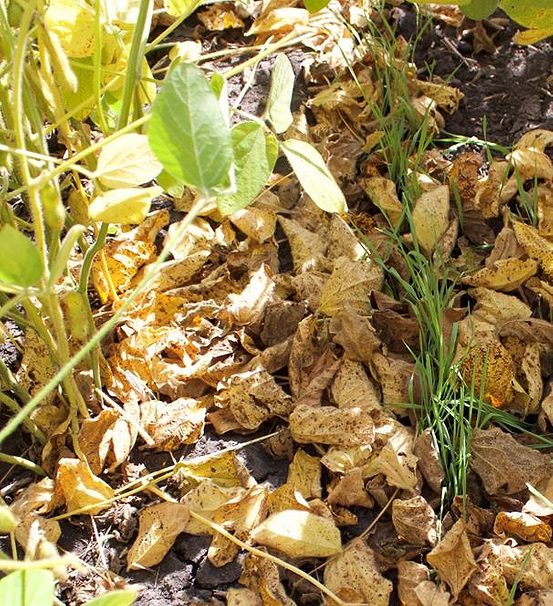By: Maureen Hanson
When it comes to forage and cover crops, winter rye offers rock-star versatility that makes it easy to love. Agronomy experts at the University of Vermont, North Dakota State University and the University of Wisconsin offer these reasons why:
1. It’s a nitrogen scavenger – Rye has the ability to take up excess soil nitrate from a previous crop or fall-applied manure, decreasing the risk of run-off and overwinter leaching. Fall-planted rye has been shown to take up and hold as much as 100 pounds of nitrogen per acre until spring, with 25-50 pounds being more common. In addition, it’s also an efficient utilizer of phosphorus. Agronomists estimate about 18 pounds of P are removed per ton of dry matter harvested.
2. Soil stays put – As a ground cover, rye effectively holds soil in place and reduces wind and water erosion. Its extensive root system also can improve soil tilth and reverse compaction damage.
3. Planting is flexible – As long as soil contact is available, winter rye likely will grow. It’s a cold soldier, and has been shown to grow at temperatures as low as 33°F. In fact, for winter rye to flower, it has a “vernalization requirement” of about 30 days of soil temperatures below 45°F. Spring seeding also is possible, although most of the crop will remain strictly vegetative and will not head out.
4. Two crops are better than one – Following a spring rye forage harvest, dual cropping with corn, soybeans or alfalfa is possible in most climates. If the rye crop is taken all the way to seed harvest, options become more limited, but still include sorghum-sudangrass, millet, or a new alfalfa stand. In between, it also creates a valuable summer window of freed-up acres for manure application.
5. It’s a dry matter maker – Compared to other cereal grains, rye grows faster in the fall and produces the most dry matter the following spring – up to 10,000 pounds per acre, depending how long it is allowed to grow.
6. Feeding options abound – Early fall-planted rye can be grazed in the fall or spring. Spring or early summer cuttings can be taken for hay or silage. As dry matter increases, protein goes down and fiber content goes up – both rather quickly. So, if intended for lactating rations, harvesting at or before early boot stage is recommended. Stands harvested at head-emergence stage can produce reliable heifer and dry-cow feed. Rye straw from seed-harvested crops also makes beautiful bedding, and can be chopped into dry-cow and heifer rations.
7. Weed-fighting capabilities – Rye’s aggressive growth means it competes well with small-seeded, light-sensitive weeds like lambs quarters, some pigweeds, foxtail, velvetleaf. It also has been shown to provide natural, allelopathic suppression of kochia, horseweed, marestail, ragweed, that can reduce the need for herbicide application to the next crop.
8. It’s not picky about soil type – Heavy clay, sandy, highly acetic, low-fertility and roughly prepared soils – it appears winter rye can handle them all. Rye can withstand a range of soil types and conditions where other cereal grains may fail. Optimal soil pH for rye is 5.0-7.0, but it will tolerate a range of 4.5-8.0.
9. Moisture may vary – Because of its prolific root system, winter rye also is more drought-tolerant than other cereal grains. At the same time, it is a helpful crop to have in place during wet conditions, as it will utilize excess soil moisture and return it to a more ideal condition for the next crop.
10. It plays nicely with others – Winter rye is an ideal partner to seed together with legumes like hairy vetch and/or clovers. It will initially grow faster than the legume seed, protecting the soil, scavenging nitrogen, and acting as a nurse crop to the legume(s). In the spring, it provides structural support for the climbing legumes. The high-nitrogen legumes reduce the overall carbon-to-nitrogen (C:N) ratio of the forage mix, and increase the nitrogen available to the following crop. A rye/legume mix also typically produces a larger dry-matter yield compared to a pure rye stand.





Post a comment
Report Abusive Comment